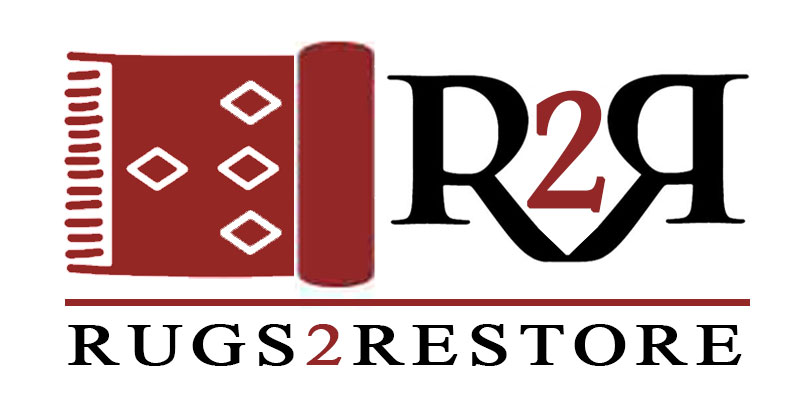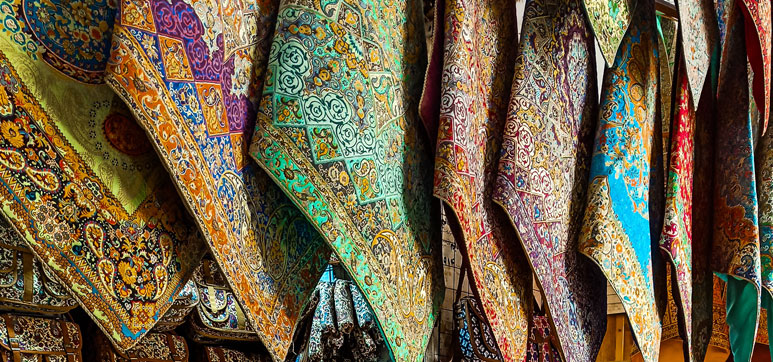Today, the business of collecting and selling rugs is growing and gaining momentum. From Iran to India, Europe to the Middle East, the range of colors, designs, and shapes of rugs is staggering, and this diversity makes collecting them so interesting.
To see why Persian rugs are so diverse and fascinating, I will talk about some of the main factors which make the rugs’ color and style so diversified. After that, I will explain the most important factors that affect Persian rug prices.
What Are Persian Rugs, And Why Are They So Special?
Persian rugs are a type of rug that originates from the Persian Empire in the ancient Persis, in modern-day Iran. They are made of high-quality materials and are known for their intricate designs. Persian rugs are often used as decoration in homes and businesses. Persian rugs come in a variety of colors, sizes, and designs. The most popular colors are red, blue, and green. Persian rugs are usually made of wool but can also be made of cotton or silk. The most popular designs include floral, geometric, and abstract patterns.
For centuries, these beautiful hand-crafted rugs have been prized for their intricate designs and luxurious materials. Today, Persian rugs remain one of the most popular choices for floor coverings, thanks to their timeless appeal and unparalleled quality, and their popularity shows no signs of waning. In fact, they’re more popular than ever! Why Persian rugs are so popular:
- They’re beautiful, for one thing. And because they’re hand-woven, each rug is unique – you won’t find two exactly the same.
- Persian rugs also tend to be very durable and long-lasting, so you can enjoy them for years to come.
Persian rugs are made by skilled artisans who use traditional methods. The process of making a Persian rug is very labor-intensive and can take months to complete. When shopping for a Persian rug, it’s important to remember that not all rugs are created equal. In order to find the best possible deal on a rug that will last for years to come, it’s important to do your research and work with a reputable dealer. With so many different types of Persian rugs available on the market today, it can be helpful to consult with an expert before making your final purchase.
The Various Types of Persian Rugs
When you hear Persian rugs, the traditional floral rug probably comes to mind. However, Persian rugs come in all different colors, patterns, and styles, which are unique to the city, village, or tribal region in which they were made. What makes each type of Persian rug so unique is the history of the rug, the materials used, the weaving technique, and the craftsmanship that goes into each individual rug. Some of the popular types of Persian rugs include:
Tabriz Rug
Tabriz rugs are named after Azerbaijan’s capital city, Tabriz in, Iran, which is considered the capital of Iranian carpet-making. These rugs are characterized by their intricate designs and fine craftsmanship. The weavers of Tabriz rugs use a special technique called “guls,” which are small motifs that are spread throughout the rug. This creates a beautiful, detailed design that is unique to Tabriz rugs. The knots on a Tabriz rug are usually asymmetrical, which gives the rug a unique and complex appearance.

Isfahan Rugs

Isfahan rugs are named after the city of Isfahan in Iran, which is also known for its carpet-making tradition. These rugs are distinguished by their elegant floral designs and rich colors. The weavers of Isfahan rugs use a special technique called “kelim,” which involves knotting the wool into different patterns. This creates a unique look that is unlike any other type of Persian rug. The knots on an Isfahan rug are usually symmetrical, which gives the rug a more formal appearance.
Qom Rugs

Qom rugs are named after the city of Qom in Iran, which is considered the holy city of Shia Islam. These rugs are characterized by their simple designs and muted colors. The knots on a Qom rug are usually symmetrical, which gives the rug a calm and serene appearance.
Mashhad Rugs
These rugs are made with high-quality wool and often have a deep, rich color. The designs of Mashad rugs are usually very simple, but they can also be very intricate. The weavers of Mashad rugs use a special technique called “tabby,” which involves weaving the wool into a diagonal pattern. This creates a unique texture that is unlike any other type of Persian rug.

So there you have it! An introduction to the Four popular types of Persian rugs. Each type of Persian rug has its own unique beauty and style that makes it stand out from the rest. We hope this has helped you better understand the differences between these beautiful pieces of art. Some other types of Persian Rugs include:
- By City: Nain.
- By Village: Heriz, Abadeh, Ardebil, Bidjar, Hamadan,Kerman, Moud, Senneh, Kashan.
- By Tribe: Gabbehs, Herati, Bakhtiari, Qashqai, Ziegler, Afshar, Baluch.
What Are The Most Important Factors That Affect Persian Rug Prices?

When it comes to Persian rugs, there are a few factors that affect the overall price. One of the most important factors is the quality of the rug. The quality of a Persian rug is determined by a number of factors, including the materials used, Tonality, Size, age of the rug, and condition of the rug. The better the quality of the rug, the higher the price will be.
Materials
The quality of the materials used is one of the most important factors in determining the price of a Persian rug. The most common materials used in Persian rugs are wool and silk, but you can also find rugs made from cotton or synthetic materials. Rugs made with higher-quality materials will be more expensive than those made with lower-quality materials.
Tonality
Tonality refers to the rug’s overall color scheme, which can greatly impact its overall look and feel. Rugs with a more subdued tonality are often more expensive than those with a brighter, more vibrant color scheme.
Size
Another factor that can affect Persian rug prices is the size of the rug. Larger rugs will generally be more expensive than smaller ones since they require more material and labor to create. However, there are some exceptions to this rule. For instance, due to their scarcity, smaller antique Persian rugs can sometimes be more expensive than their larger counterparts.
Age
The age of a Persian rug can also affect its price. Older rugs are often more expensive than newer ones, as they’re considered to be more valuable due to their age and history. Additionally, a rug’s condition can impact its price; rugs in good condition are typically more expensive than those in poor condition.
Provenance
Finally, the provenance of a rug – where it was made and by whom – can also affect the Persian rug price. Rugs from certain regions or made by certain artisans are often more highly prized (and, thus, more expensive) than others.

